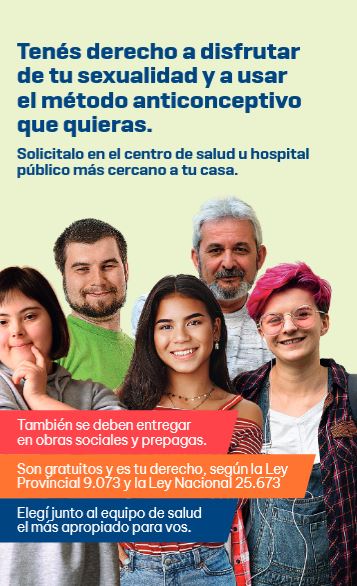Resumen
Objective To compare the contraceptive modalities used in the general female population
with those of female healthcare providers (HCPs) in Spain. Methods A nationwide survey of a representative sample of Spanish women and female Spanish HCPs aged 23 to 49 years (total sample size: 3200). Results The condom was the most widely used contraceptive method in both groups (30% and 23% in the general population and among HCPs, respectively). The reasons cited
for relying on this method were ease of use (19% and 13%, respectively; p _ 0.2), effectiveness
(16% and 22%, respectively; p _ 0.2), absence of side effects (14% and 22%, respectively;
p _ 0.1), and fear of side effects associated with oral contraception (13% and 2%, respectively;
p _ 0.0001). After the condom, oral contraceptives, the intrauterine device and the vaginal
ring were the most widely used methods among HCPs (13% each). Conclusions The spectrum of contraceptive methods used by female HCPs differs from that of women in the general Spanish population. HCPs opt more often for long-acting reversible contraceptives because of their effectiveness and safety whereas women in the general population rely more frequently on the condom and surgical methods. (Extraído del documento)






